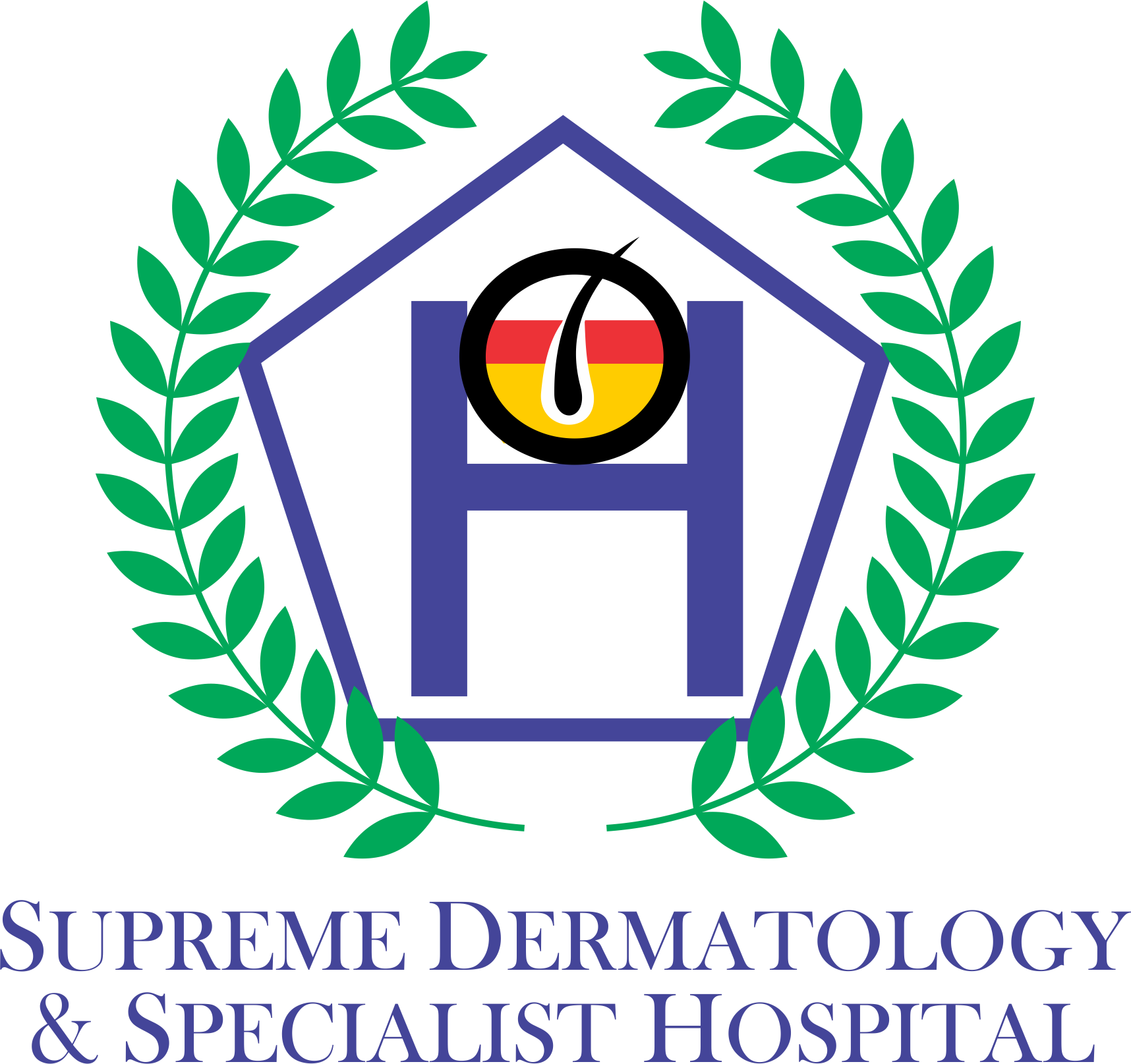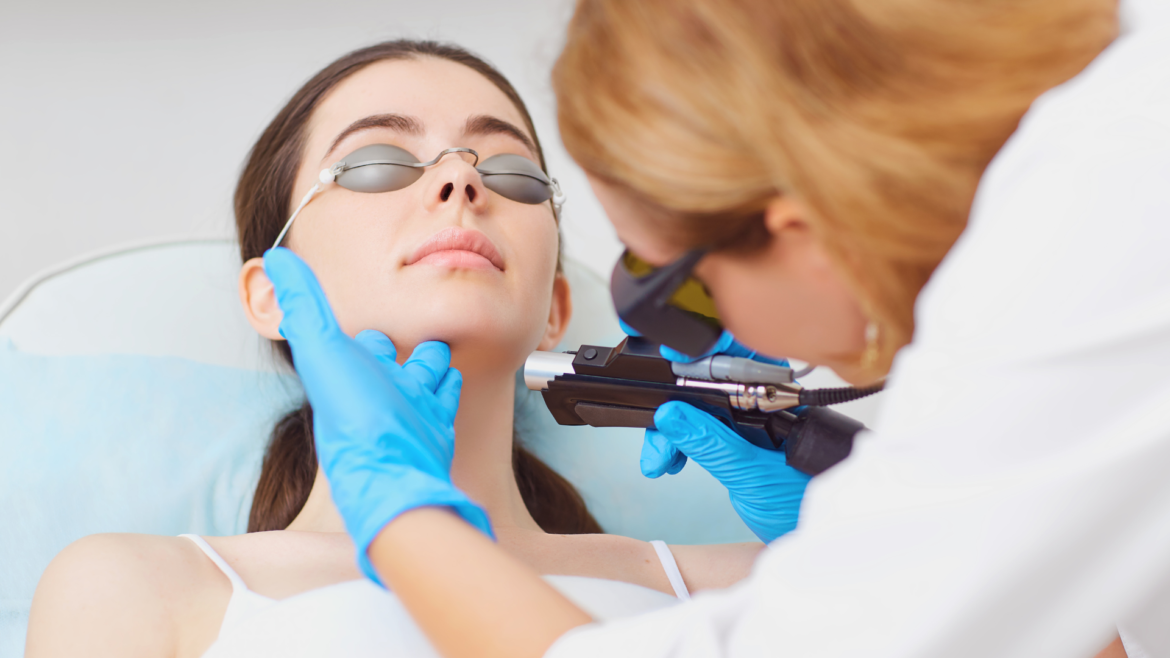Medical spas, also called medi-spas or med spas, are a kind of a hybrid between the traditional day spa and a medical clinic.
Medical spas strive to blend the better of two worlds—a relaxing spa experience with the procedures and expertise typically only found at a doctor’s office.
Wondering if a medical spa is the right place for you to get your treatments done? Here are answers to some common questions about medical spas.
The biggest differences between a traditional day spa and a medical spa are the types of procedures that are offered. Medical procedures that can’t be done at the average day spa can be performed at the medical spa.
Unlike day spas, medical spas must be affiliated with, overseen, or run by a medical doctor. While not every procedure is done by a doctor, they are performed under the supervision of the doctor, most often a dermatologist or plastic surgeon.
Medical spas also offer more specialized treatments that are typically only found at a dermatology or plastic surgery clinic. Some of the more common offerings include light and laser treatments, injectables like Juvederm, Restalyne, and Botox, as well as chemical peels.
As for acne treatment, you can find these at the medical spa too. Medical spas offer procedures to treat breakouts, lighten post-inflammatory hyperpigmentation, reduce scarring, and improve the overall appearance of the skin.
Quality over quantity
What treatments are on the menu at the med spa? While there are some larger med spas that have a very long list of treatment options and can perform each and every treatment with expert skill, you often can be better served by a med spa that has more carefully tailored their treatment list. This could be a sign that they have carefully reviewed the aesthetic treatment options out there and selected the ones they find are most effective.
These treatments includes but not limited to:
- Derma fillers– help to diminish facial lines and restore volume and fullness in the face.
As we age, our faces naturally lose subcutaneous fat. The facial muscles are then working closer to the skin surface, so smile lines and crow’s feet become more apparent.
The facial skin also stretches a bit, adding to this loss of facial volume. Other factors that affect the facial skin include sun exposure, heredity and lifestyle.
What dermal fillers can do
- Plump thin lips
- Enhance shallow contours
- Soften facial creases and wrinkles
- Improve the appearance of recessed scars
- Reconstruct contour deformities in the face
- Decrease or remove the shadow of the lower lids
Dermal fillers can be very helpful in those with early signs of aging, or as a value-added part of facial rejuvenation surgery.
- Nonsurgical and minimally invasive options for fat reduction include technology that uses heat or cooling or an injected medication to reduce fat cells. While none of these treatments are a replacement for liposuction, they provide options for patients unwilling or unable to undergo surgery. Nonsurgical fat reduction options use a variety of modalities, including ultrasound, radio frequency, infrared light, vacuum massage and injectable medication.
Among the procedures that comprise nonsurgical fat reduction are cryolipolysis (e.g., CoolSculpting), injection lipolysis (e.g., Kybella), radiofrequency lipolysis (e.g., Vanquish) and laser lipolysis (e.g., SculpSure).
Patients who are pregnant or breastfeeding should not have any of the aforementioned procedures.
- Laser hair removalis a noninvasive technique that uses highly concentrated light to penetrate hair follicles. The laser light is absorbed by the pigment in the hair shaft in the follicle-generating heat which damages the follicle to inhibit future hair growth. Therefore, plucking hair before treatment reduces the efficacy of the laser treatment as the target is absent.
Because laser hair removal only affects actively growing hair follicles, it may take several laser hair removal treatments to provide significant hair reduction. Additionally, while laser hair removal effectively slows hair growth, it doesn’t guarantee permanent hair removal. Periodic maintenance treatments may be needed.
Is laser hair removal permanent?
Although laser hair removal reduces the number of unwanted hairs in a given area, it doesn’t get rid of them completely. When the hair grows back, they will be finer, lighter, and fewer in number. Most people require between four and six sessions, and occasional maintenance may be required.
Laser hair removal uses laser beams to heat up and damage the hair follicles, which temporarily halts hair production. Most commonly, laser hair removal is used to treat the face, body, legs, armpits and pubic area.
- Laser skin resurfacing, also known as a laser peel, laser vaporization and lasabrasion, can reduce facial wrinkles, scars and blemishes. Newer laser technologies give your plastic surgeon a new level of control in laser surfacing, permitting extreme precision, especially in delicate areas.
What laser skin resurfacing can improve
- Fine lines or wrinkles around or under your eyes, forehead or mouth
- Scars from acne or chickenpox
- Non-responsive skin after a facelift
- Aged or sun-damaged skin
- Liver spots
- Improve your complexion if you have yellowish or grayish skin tones
- Warts
- Birthmarks such as linear epidermal nevi
- Enlarged oil glands on the nose
How does laser skin resurfacing work?
It’s all about using beams of light. Your surgeon uses the laser to send short, concentrated pulsating beams of light at irregular skin. This removes unwanted, damaged skin in a very precise manner one layer at a time. Laser skin resurfacing’s targeted approach means there are fewer problems with hypopigmentation, or a lightening of skin, for procedures such as laser acne scar removal.
The laser beam used in laser resurfacing will remove your outer layer of skin, called the epidermis. It simultaneously heats the underlying skin, called the dermis. This action works to stimulate growth of new collagen fibers. As the treated area heals, the new skin that forms is smoother and firmer.
- Tattoo removalcan be achieved in a number of ways, ranging from laser treatments, chemical peels, dermabrasion and surgical excision.
How does tattoo removal work?
Lasers are the most common method of tattoo removal performed today. Tattoos consist of thousands of particles of tattoo ink suspended in the skin. The normal human immune system typically removes small foreign particles from the skin. Tattoo ink particles are too big to be removed by this system and are thus considered permanent. The use of lasers helps to break up these particles into smaller pieces that can be removed by the immune system.
Laser treatments work by targeting the ink particles in the skin with highly concentrated light waves that heat up the ink particles and cause them to fragment into smaller particles that are able to be cleared away by the body’s immune system.
Complete removal of a tattoo is usually not accomplished in one laser treatment session. Laser tattoo removal typically requires more than one treatment to reduce the size of the ink particles and make it easier for them to be dispersed by the immune system.
Does tattoo removal hurt?
There is some degree of discomfort when getting a tattoo removed, although the pain is relatively manageable. Sometimes, skin numbing can be used to help make the pain more tolerable.
Tattoo removal healing
It will take some time for the skin to heal after tattoo removal. Most side effects are temporary, with the most common reactions being redness, swelling, bruising, scabbing and tenderness. Most of the time these reactions resolve within a week.


